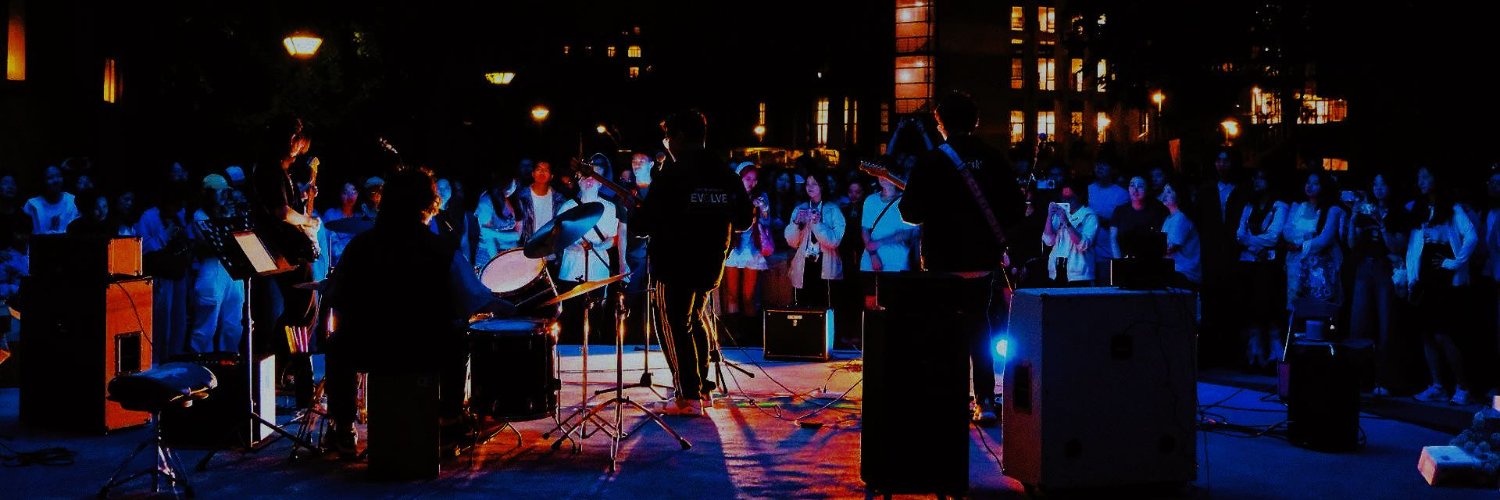
Siyuan @CogSci @COLM @26 fall phd application
@siyuansong_
Linguistics Senior@UTAustin , visiting @mitbrainandcog | Prev: sfl@sjtu1896, VURI @CoCoDevHarvard |Comp-Psycholing&CogSci, rock🎸| applying 26' PhD position
New preprint w/@_jennhu @kmahowald: Can LLMs introspect about their knowledge of language? Across models and domains, we did not find evidence that LLMs have privileged access to their own predictions. 🧵(1/8)

Today we open-sourced a new project for developing behavioral experiments online. It is called Smile. Announcement of v0.1.0: todd.gureckislab.org/2025/07/22/s... Smile has been used internally in my lab for several years and has substantially increased our productivity.
This is amazing software for running behavioral studies that the Gureckis lab has been working hard on, and is a successor to the popular psiTurk. Check it out!
Today we open-sourced a new project for developing behavioral experiments online. It is called Smile. Announcement of v0.1.0: todd.gureckislab.org/2025/07/22/s... Smile has been used internally in my lab for several years and has substantially increased our productivity.
Will conversation history help reasoning? We found that when models mess up once, they often get stuck. Surprisingly, a simple “try again” fixes this — and boosts reasoning.🧵 Project Page: unary-feedback.github.io
Super excited to have the #InfoCog workshop this year at #CogSci2025! Join us in SF for an exciting lineup of speakers and panelists, and check out the workshop's website for more info and detailed scheduled sites.google.com/view/infocog-c…
#Workshop at #CogSci2025 Information Theory and Cognitive Science 🗓️ Wednesday, July 30 📍 Pacifica C - 8:30-10:00 🗣️ Noga Zaslavsky, Thomas A Langlois, Nathaniel Imel, Clara Meister, Eleonora Gualdoni, and Daniel Polani 🧑💻 underline.io/events/489/ses…
"Seeing" robins and sparrows may not necessarily make them birdier to LMs! Super excited about this paper -- massive shoutout to all my co-authors, especially @yulu_qin and @dhevarghese for leading the charge!
Does vision training change how language is represented and used in meaningful ways?🤔 The answer is a nuanced yes! Comparing VLM-LM minimal pairs, we find that while the taxonomic organization of the lexicon is similar, VLMs are better at _deploying_ this knowledge. [1/9]
Thrilled to announce our symposium, Cognitively Inspired Interpretability inn Large Neural Networks, at #CogSci2025 featuring @TaylorWWebb, Ellie Pavlick, @feng_jiahai, Gustaw Opielka, Claire Stevenson, and @IbanDlank!
We’re excited to announce the first workshop on CogInterp: Interpreting Cognition in Deep Learning Models @ NeurIPS 2025! 📣 How can we interpret the algorithms and representations underlying complex behavior in deep learning models? 🌐 coginterp.github.io/neurips2025/ 1/
Tokenization has been the final barrier to truly end-to-end language models. We developed the H-Net: a hierarchical network that replaces tokenization with a dynamic chunking process directly inside the model, automatically discovering and operating over meaningful units of data
📣 Excited to announce SpaVLE: #NeurIPS2025 Workshop on Space in Vision, Language, and Embodied AI! 👉 …vision-language-embodied-ai.github.io 🦾Co-organized with an incredible team → @fredahshi · @maojiayuan · @DJiafei · @ManlingLi_ · David Hsu · @Kordjamshidi 🌌 Why Space & SpaVLE? We…
'Using Shapley interactions to understand how models use structure' Divyansh Singhvi, Diganta Misra, Andrej Erkelens, Raghav Jain, @isabelpapad , @nsaphra doi.org/10.48550/arXiv… (10/21)
'Hidden Breakthroughs in Language Model Training' @SaraKangaslahti, @ElanRosenfeld, @nsaphra doi.org/10.48550/arXiv… (6/21)
Can we scale 4D pretraining to learn general space-time representations that reconstruct an object from a few views at any time to any view at any other time? Introducing 4D-LRM: a Large Space-Time Reconstruction Model that ... 🔹 Predicts 4D Gaussian primitives directly from…
wooo || Out now in JEP: General || wooo "Resource Bounds on Mental Simulations: Evidence From a Liquid-Reasoning Task" 🫗 (by Wang and me) paper: doi.org/10.1037/xge000… preprint: bit.ly/liquidSim25
How well can LLMs understand tasks with complex sets of instructions? We investigate through the lens of RELIC: REcognizing (formal) Languages In-Context, finding a significant overhang between what LLMs are able to do theoretically and how well they put this into practice.
Super thrilled that @kanishkamisra is going to join @UT_Linguistics as our newest computational linguistics faculty member -- looking forward to doing great research together! 🧑🎓Students: Kanishka is a GREAT mentor -- apply to be his PhD student in the upcoming cycle!!
News🗞️ I will return to UT Austin as an Assistant Professor of Linguistics this fall, and join its vibrant community of Computational Linguists, NLPers, and Cognitive Scientists!🤘 Excited to develop ideas about linguistic and conceptual generalization! Recruitment details soon
Solving complex problems with CoT requires combining different skills. We can do this by: 🧩Modify the CoT data format to be “composable” with other skills 🔥Train models on each skill 📌Combine those models Lead to better 0-shot reasoning on tasks involving skill composition!